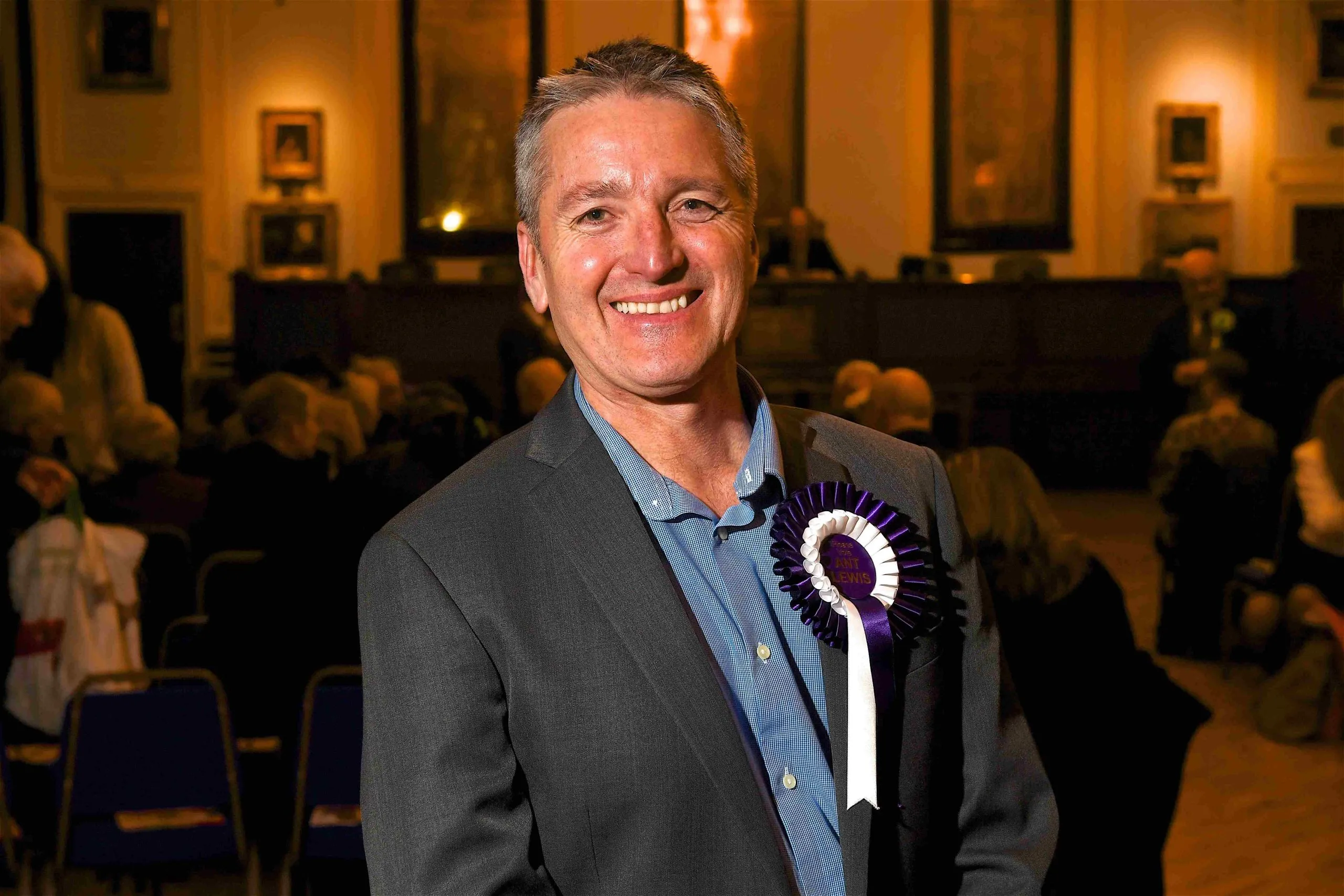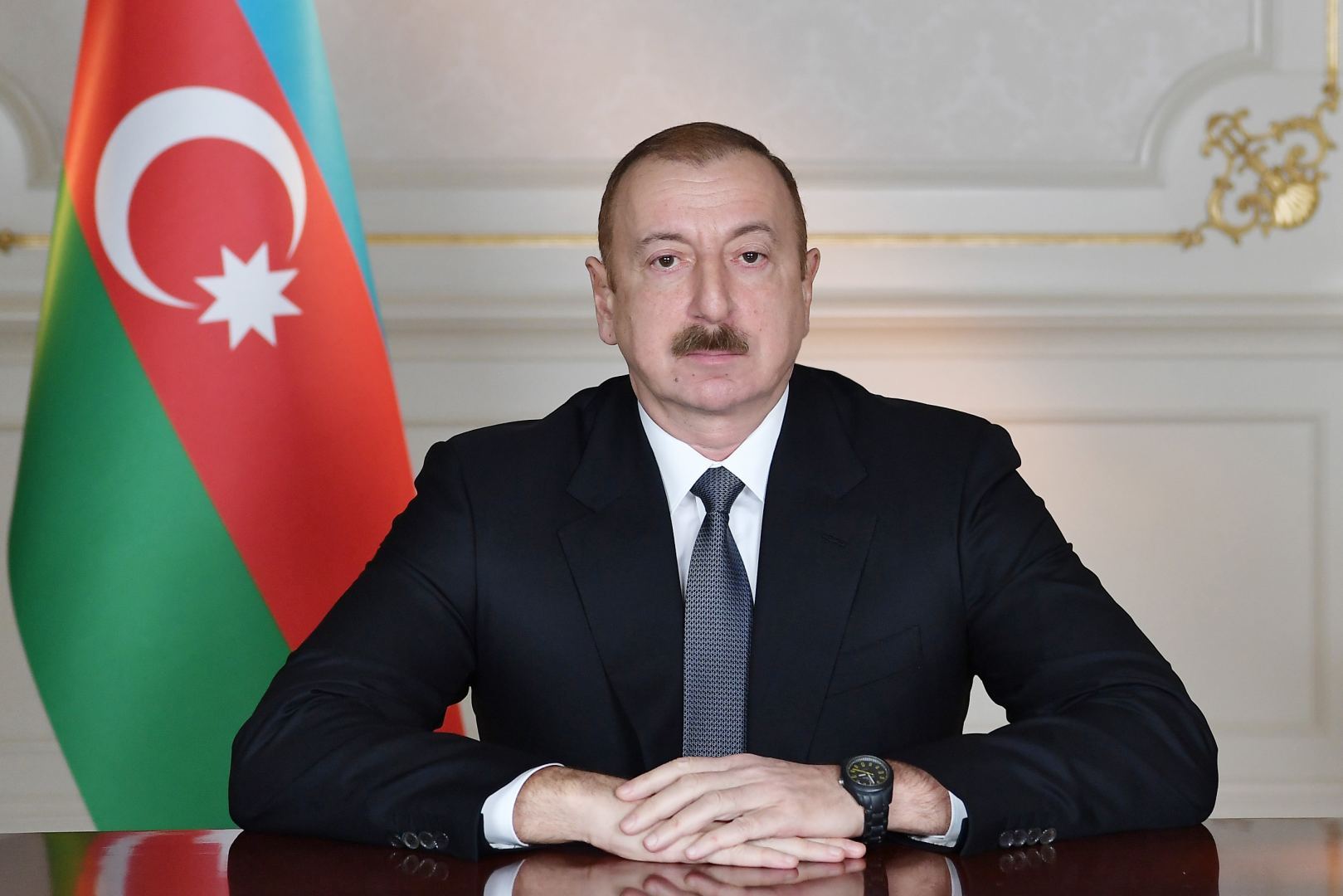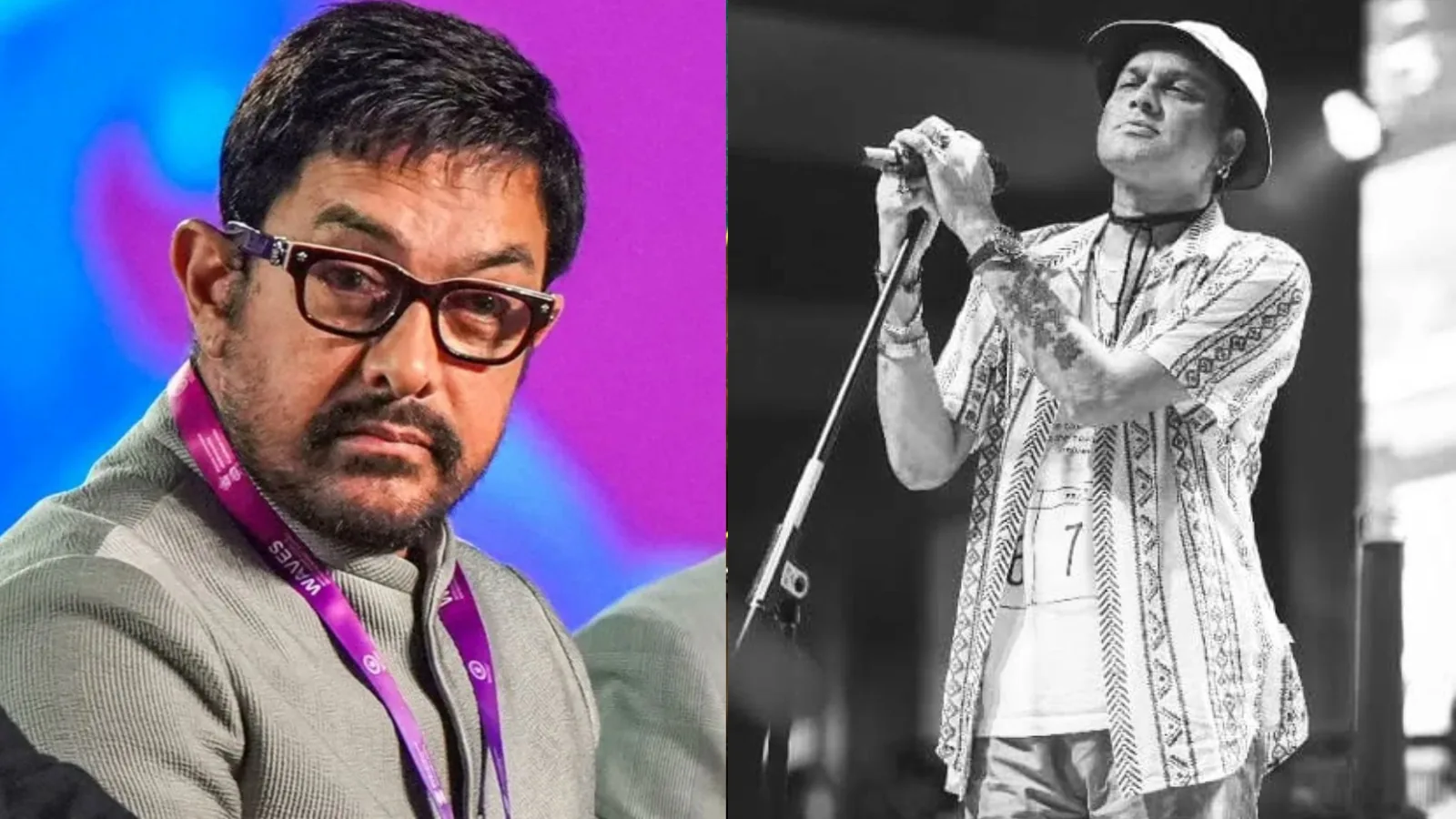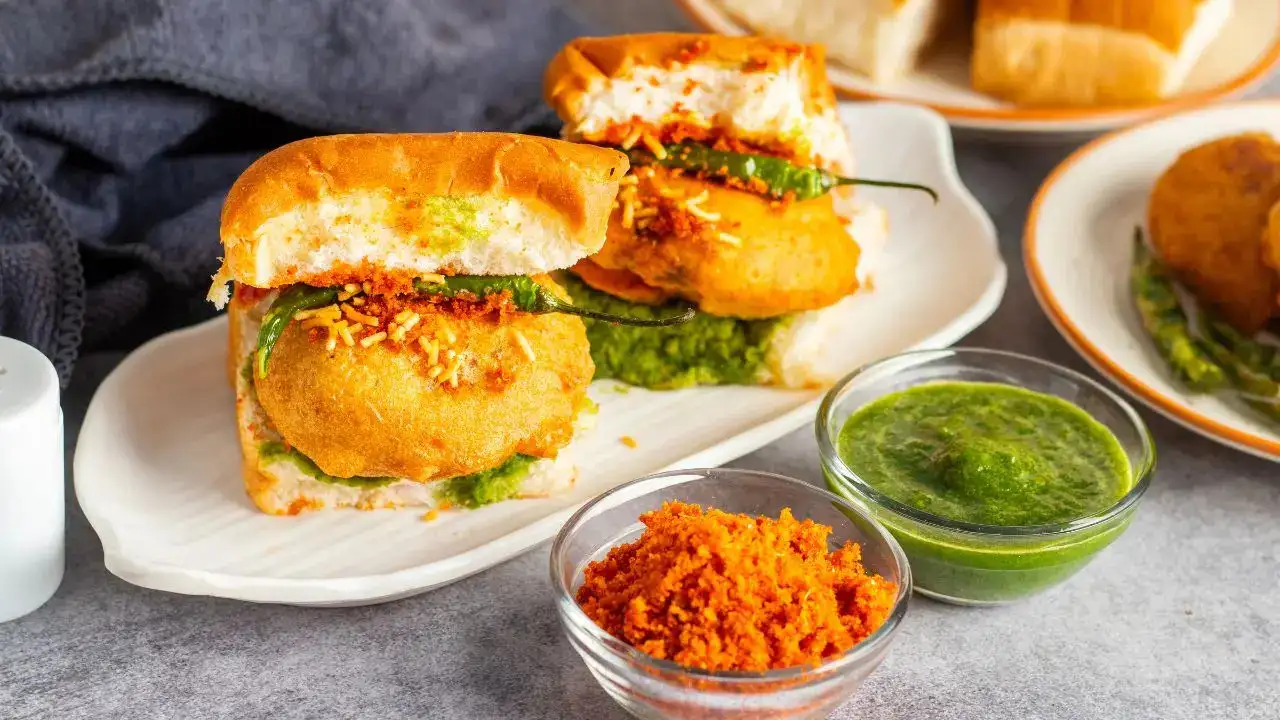The emerging fashion archive honoring Peruvian heritage and ‘feeling hot’ in a Pasadena attic
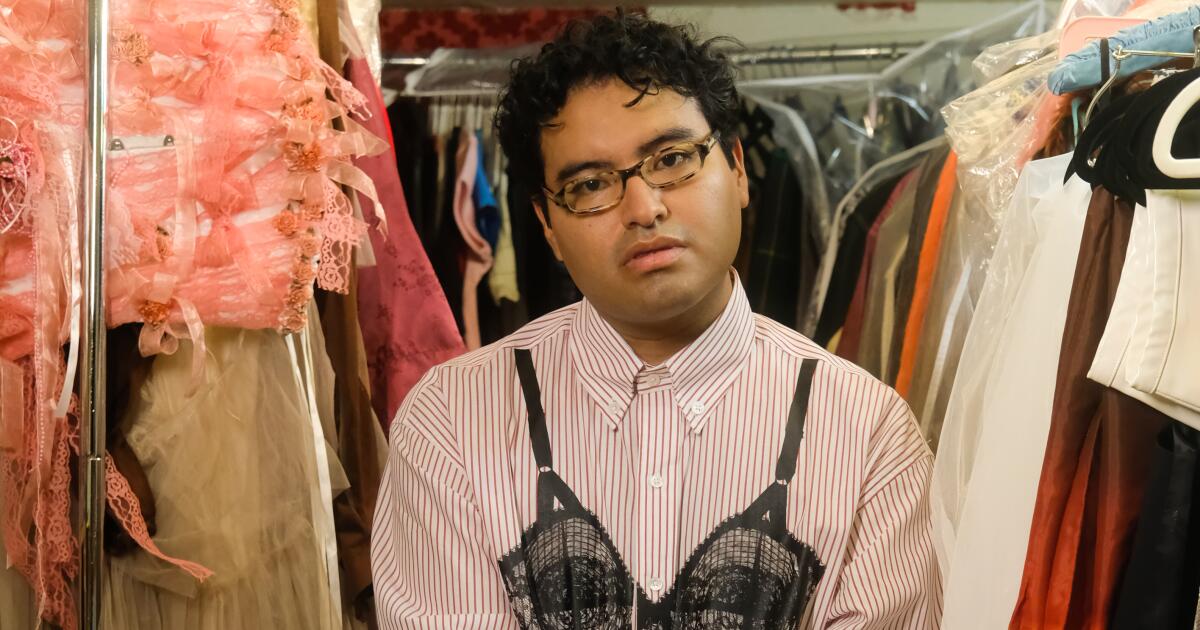
Above the Pasadena scrubs shop that has been run by the same family for decades, a fashion gold mine is growing. Take a narrow staircase above, and you’ll find Ronben, the Peruvian American stylist specializing in androgynous editorial looks, amassing their secondhand and designer collection into the archival dream that is Rocotito Archives.
The door was wide open when I arrived, and Ronben was at the doorway smiling. They stood in tabis and a tailored collared shirt, their eyes framed by slick 2000s-era glasses, laughing as their overly eager curly-haired dog Duffy bounded beside them.
Inside, Ronben’s mother presided over the medical wear shop that she and her family have worked in for 30 years, flanked by scrubs in Easter egg hues and playful prints. She immigrated to the U.S. from the small town of Chosica, Peru, a riverside community where Ronben was born and that she left in hopes of raising her child among more opportunities — and Ronben has certainly never been one to pass up an opportunity.
From discovering their love for style in fashion magazines while growing up in Pasadena, photographing for Condé Nast in New York and venturing back to L.A. to pursue a styling career, Ronben’s life is in constant pursuit of creative inspiration and creating their dream from scratch. The latest is Rocotito Archives, a rental fashion archive and open closet for stylists to pick pieces that range from vintage Jean Paul Gaultier to custom corsets, with a vision of inclusivity and the pursuit of “feeling hot.”
Katerina Portela: Why archival clothing and why did archives draw you in and inspire you to create your own?
Ronben: I didn’t grow up with a lot of money. We would only go to garage sales and estate sales. So it’s not something that I chose. I think if I grew up with money, it would be different. It would be, “Oh yes, I only wear vintage runway pieces.” No, it wasn’t an active choice, but it’s what was accessible to me and my mom. I remember on Sundays and Saturdays, my mom would wake up really early, and we would go to an estate sale around Pasadena, and I got my first camera there. I started photographing when I was 10 years old. I was a fashion photographer before I was a stylist.
I really loved those vintage clothes, I mean, it was all I could get, but I really found them fascinating because it wasn’t the norm. I was used to going to Ross for new clothes, so when I went to garage doors or estate sales, those clothes were so different to what I was used to seeing. That was always so interesting. I was realizing that there’s history there. Time has changed and fashion preserves a moment. I believe fashion is an art, and when people start to treat it as currency, that’s when the magic is lost.
KP: What was your intent in creating Rocotito Archives and where do you see it going in the years to come?
R: The essence, the vision, is to uplift new artists, and to give them a space where they can either discover new designers that are important in the fashion world, or that they can have access to something that they didn’t have access to before. I just want to keep extending it to the new generation. And as I grow, I want everyone to grow with me. I think in our community, we don’t go far with individualism. On these racks is designer, yes, but also handmade and small business pieces. We have to work together and use all of our unique skills and access and passion to make this industry better for everyone.
KP: How does heritage and family inform your fashion archive?
R: “Rocotito” comes from “rocoto.” It’s a very famous chili in Peru and I grew up eating it, and I love it. It’s hot. For me, a lot of these pieces are really hot, and I hope that they empower the people that wear them to feel hot. And “hot” can mean something so minute, but in my sense, it’s taking that power back.
I mean, I grew up with all Peruvians. I was born in Peru. I don’t know if people know, but Peruvians love to talk about Peru, their food, their culture, they exist in this world where Peru is that girl. So for me, I grew up saying “Yes! I’m so proud of being Peruvian.” And I am. I’m really proud of being Peruvian. And I’ve been back many times, and every time I’m like, “Oh my God, so inspired.” Always. I’m inspired by the colors, the weavings are beautiful, the food, people are so kind.
KP: What more about Peru specifically is inspiring to you?
R: The last time I went, I did this exchange program where I learned to weave and create dyes but with natural ingredients like worms and fruits in Cusco. And I think that was very enlightening for me to learn the historical background of these textiles. I thought, “Oh, my people have been doing this for thousands of years.” It’s really in our blood, in a sense.
I’ve always been attracted to color, and that experience really brought perspective. I’ve come from a lineage that’s really into color. You look at all these different folklorico clothes that are beautifully adorned with color and it makes sense why I’m so enamored by color. My country has always had this culture of richness of color and dance, and the adoration for the sun and the moon and the Earth. I really do believe that we are connected to our ancestors; we just have to be in tune with them. So I feel as I get older and more in tune with it, and it almost helps my art more and more.
KP: You worked closely with Johnny Valencia of the archive Pechuga Vintage and he had a big influence in your career. Could you talk a little about that mentorship and how he impacted you?
R: Yes, Johnny Valencia is my mentor and he changed my life. At the time, I wasn’t working, I was really depressed and I wanted to shift my career. [I reached out to him and asked to be his intern.] When he said yes, I moved my life from San Francisco back to L.A. because I knew it was my future. I was a photographer and wanted to shift to styling and he was the one who made that happen.
When I first entered, he said, “What do you want out of this?” And I said, “I want to become the best stylist that I can become, for myself.” Not because I want fame or anything, I just want to be good at my job and proud of it. I think he saw that and he really nurtured it.
I’ve worked for Condé Nast, I’ve worked for Teen Vogue and for W Magazine, worked with Cartier, but this was the first time that I saw someone in his position really care about uplifting me and introducing me to others. When we went to this Vivienne Westwood party, he would introduce me to people. He would make an effort to actually make sure that I was seen. That never happened to me. In my entire time that I was working for all these big names, I always had to work to push myself into spaces, to be represented and included.
KP: How do you think your queer identity informs your approach to fashion and the way that you dress others?
R: So much. As a feminine Latino, I love dressing up in heels and skirts and all these things. I don’t believe that clothes have one specific gender. That’s why in my archive, all of my clothes are kind of mixed. I don’t section off male, female or anything like that. For me, they’re just clothes. They don’t know their gender. They’re inanimate objects.
I think it’s so important for people to understand that, and for people to have fun with it. Fashion is supposed to be an expression, to tell a story. I really want to emphasize that, so I’m looking for things that are approachable to anyone, and anyone can wear them. That’s why for me, I also buy a lot of shoes that are a little bit bigger, because some men may want to wear heels, but they don’t find their size. I always make it my mission to be inclusive. I want there to be all kinds of sizes for everyone, because it shouldn’t be limited.
KP: What is a piece in your archive that is personal to you?
R: Here are the veils that my mom and I made for an editorial that I did about Catholicism and Christianity. I grew up in a Pentecostal home, so I would go to church three or four times a week. It was a big part of my life growing up, so it influenced this editorial that I did with Carolina Isabel Salazar, and it was very beautiful. At the end, I cried a lot because I feel like I closed a chapter of my life that I really had a hard time dealing with. The Pentecostal church is very loving, the women can be really nice and come together, but it also can be very homophobic. It was a challenge, and directing the fashion let me make it my own and have my own peace about it.
KP: I think it’s interesting that you started your archive above your mom’s family business. What’s the relationship between her and your love for fashion?
R: My mom actually was never into fashion, but she always encouraged it. So we would always go to Ross or TJ Maxx for church outfits, and she would let me choose her outfits, and she would try all these outfits on, no matter how good or bad. She never said, “Oh, I don’t want to do that.” She always encouraged me to just be myself. Growing up, I saw her and my aunts sewing all of the scrubs that they sold here. I admired that hard work and the constant creation. This store has always been in my life.
That’s why I even have this space. Because they’ve been so kind to even let me put this stuff here. In another world, they could have said, “No, you’re born a boy, and you’re supposed to dress like this, and you’re not supposed to dress like a woman and not supposed to like shoes and all of that.” I’ve been blessed and privileged to have a mom and a family that’s very supportive of my femininity, which is really rare in our community.
KP: What is your biggest goal in your career?
